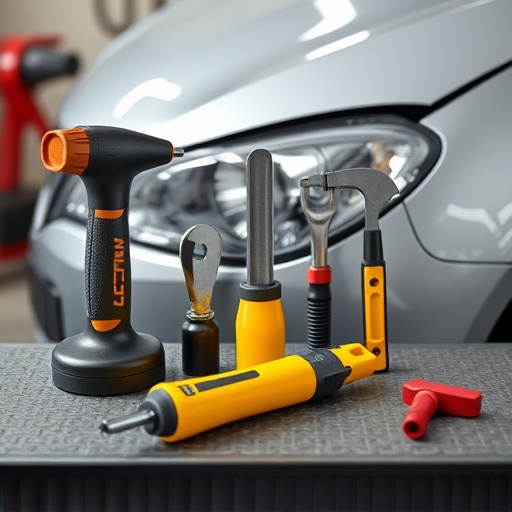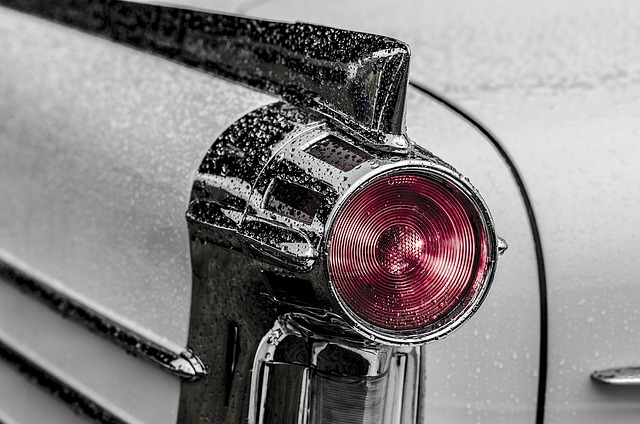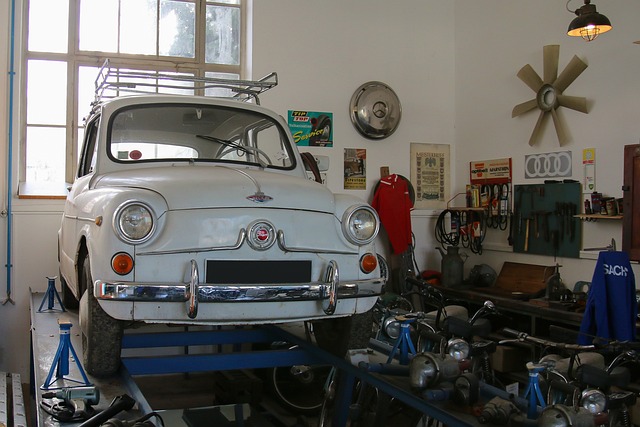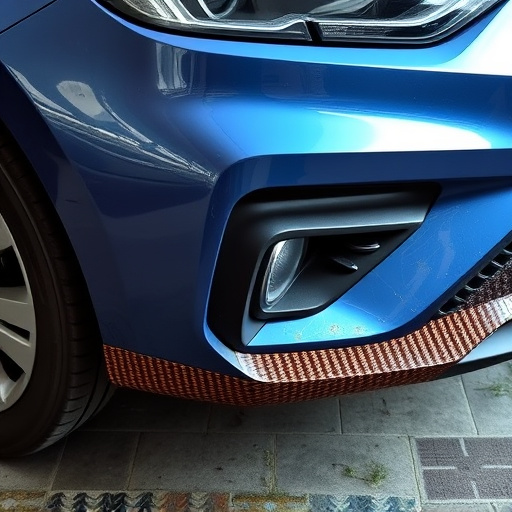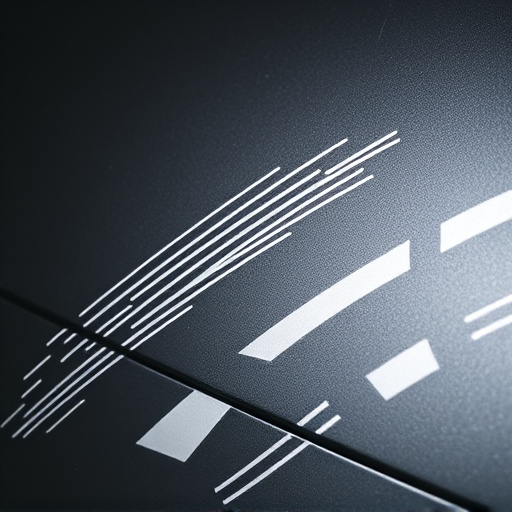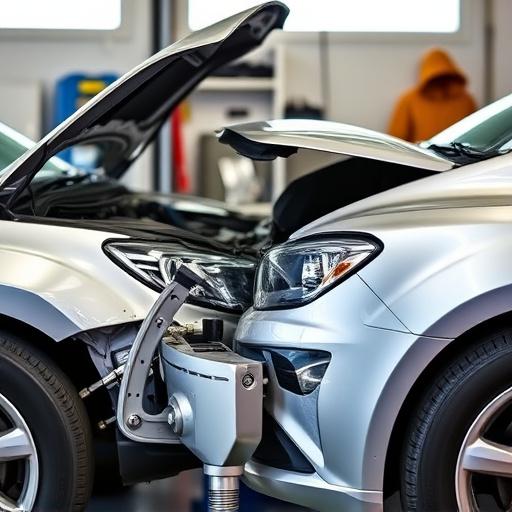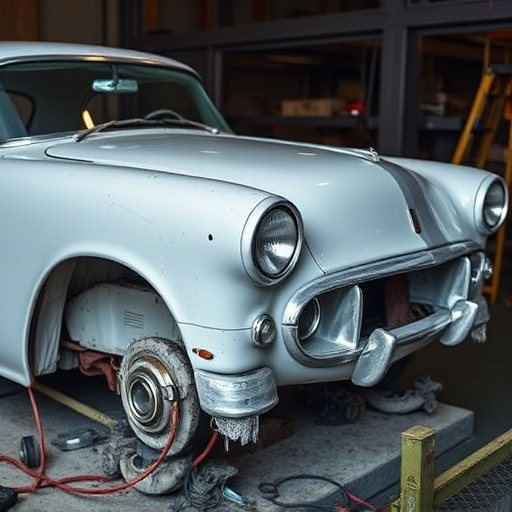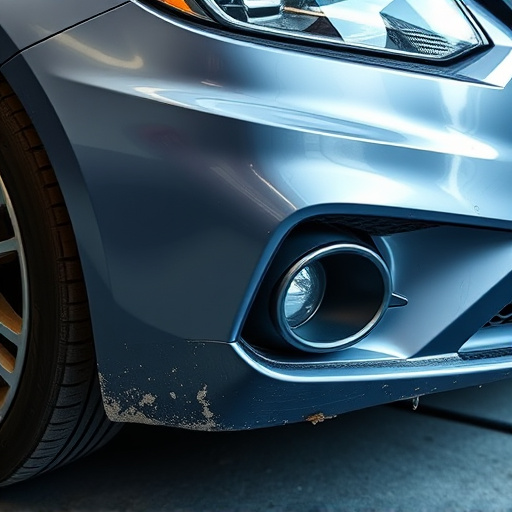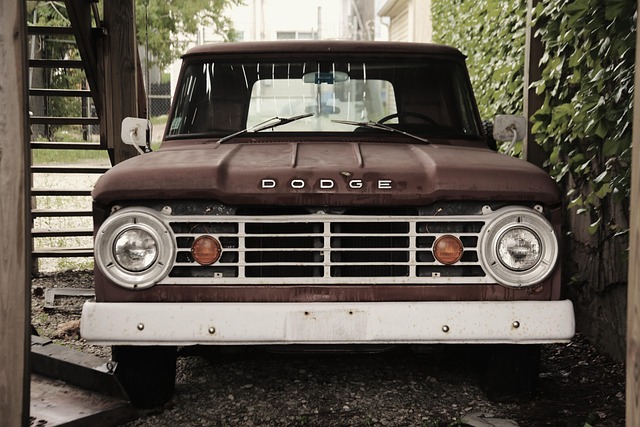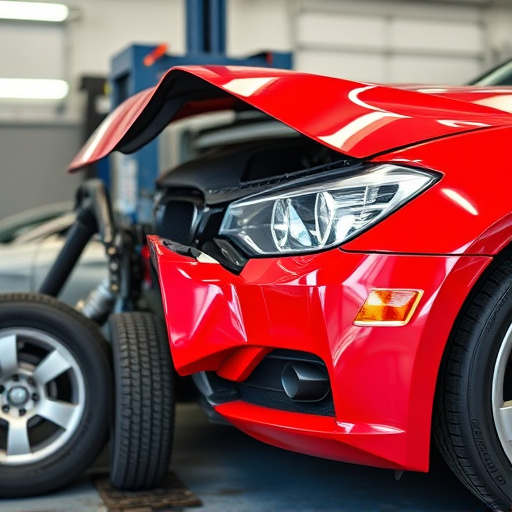Beyond visible repairs, AC system collision repair is crucial for vehicle safety and comfort. Modern vehicles rely on the AC system for passive safety during collisions, preventing heat-related injuries. Post-collision assessments by reputable body shops use advanced tools to diagnose internal disruptions, ensuring leak checks, part replacements, refrigerant adjustments, and compressor functionality repairs. Skipping this can lead to comfort issues or decreased fuel efficiency. Integrating AC system fixes seamlessly with vehicle paint and autobody repairs results in a safe, cooling-capable car for drivers.
After a collision, evaluating your vehicle’s AC system is crucial for both safety and comfort. The AC system isn’t just about beating the heat; it plays a vital role in vehicle safety by enhancing airbag deployment and improving structural integrity. This article delves into the importance of post-collision AC system assessment, highlighting hidden damage, and outlining effective repair strategies to restore not just functionality but also peace of mind. Understanding these aspects is key in navigating collision repairs, ensuring your vehicle is safe and comfortable for the road ahead.
- Understanding AC System's Role in Vehicle Safety
- Post-Collision Assessment: Identifying Hidden Damage
- Restoring Comfort: Effective AC Repair Strategies
Understanding AC System's Role in Vehicle Safety
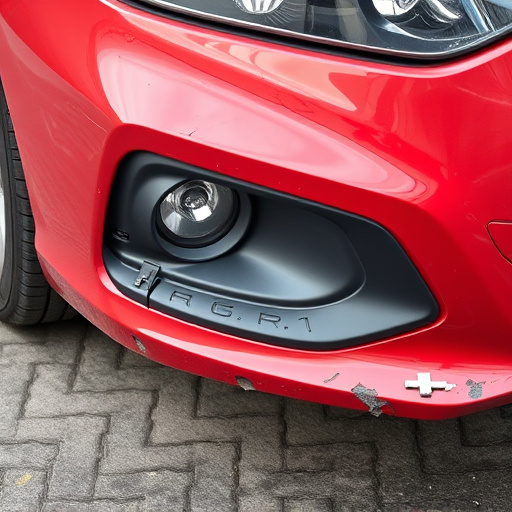
The Automotive Collision Repair process isn’t just about fixing visible dents and cracks; it’s about ensuring every component within the vehicle is safe and operational. This includes a thorough evaluation of the AC (Air Conditioning) system, often overlooked but playing a vital role in vehicle safety. The AC system isn’t merely a comfort feature; it’s designed to maintain optimal cabin temperatures during various driving conditions, enhancing driver and passenger comfort and visibility.
More significantly, modern vehicles use the AC system as part of their passive safety features. During a collision, proper function of the AC system can help prevent secondary hazards like heat-related injuries or discomfort that could impair the driver’s ability to control the vehicle effectively. Therefore, evaluating the AC system as part of collision repair services is crucial for ensuring not just structural integrity but also the overall safety of automotive body work and the peace of mind for drivers post-accident.
Post-Collision Assessment: Identifying Hidden Damage
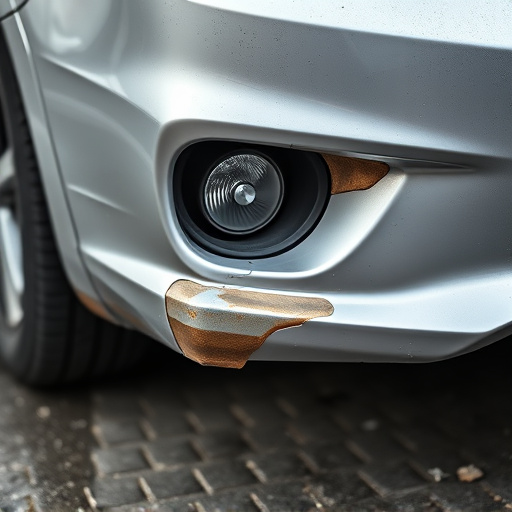
In the chaos following a collision, it’s easy to overlook subtle damage that could impact your vehicle’s safety and performance—particularly when it comes to the AC system. A thorough post-collision assessment is crucial for identifying hidden damage that might not be immediately apparent. Skipping this step in the repair process can lead to ongoing comfort issues or even more serious problems, such as increased fuel efficiency or compromised air quality.
At a reputable vehicle body shop or auto collision center, like those specializing in Mercedes Benz repair, experts employ advanced techniques and tools to scrutinize every component of your AC system. They understand that damage may extend beyond visible cracks or dents. Hidden issues could include punctured lines, damaged valves, or compromised refrigerants—all of which require meticulous attention during the collision repair process.
Restoring Comfort: Effective AC Repair Strategies

After a collision, the AC system is often one of the many components that require attention and expert care. Restoring comfort in a vehicle involves more than just fixing external dents; it entails ensuring the intricate systems that make your ride enjoyable are also in optimal condition. Effective AC repair strategies post-collision involve careful evaluation and diagnosis by trained professionals.
They employ advanced tools to assess not just the visible damage but also any internal disruptions that could compromise the system’s efficiency. This meticulous approach includes checking for leaks, replacing damaged parts, and addressing issues with refrigerant levels and compressor functionality. Integrating these repairs seamlessly with vehicle paint repair and autobody fixes ensures not only a visually appealing car but also one that maintains its cooling capabilities, providing drivers with a comfortable and safe driving experience.
Evaluating and repairing your vehicle’s AC system after a collision is crucial for both safety and comfort. By understanding the vital role of the AC system in vehicle stability, you can ensure that any hidden damage identified post-collision is addressed promptly. Effective AC collision repair strategies not only restore your car’s cooling performance but also guarantee a safe and enjoyable driving experience. Prioritizing AC system collision repair is essential for maintaining your vehicle’s optimal functionality and reliability.
